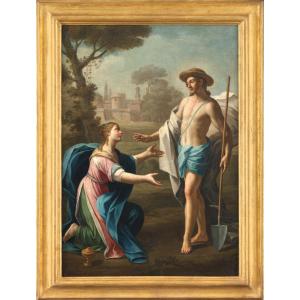Our delicate composition, painted on thick Roman canvas, depicts one of the episodes from the Gospel according to John most represented in Western art. Although its theological significance is very limited compared to the great symbols of faith (Annunciation, Nativity, Passion, Resurrection, and Ascension), this encounter has inspired painters because it depicts a particularly delicate and complex exercise of vision, a primordial sense solicited by pictorial art. Dürer, Titian, Baroche, Correggio, Rembrandt, Rubens, and Poussin were able to discern not the ecstatic vision of a miracle, but a delicate intrigue that is woven between the visible and the invisible, each of the two calling and repelling the other.
In a classic setting of the Roman countryside, Magdalene opens her arms before her Master who appears to her. Subtle and full of restraint, the scene is a true ode to grace. The movement and gestures of the risen Christ are so elegant that they seem borrowed from the art of ballet. Jesus is holding a shovel because when he appears, Magdalene, not imagining him alive, initially believes that he is a gardener (these compositions are also titled "Christ the Gardener"). When she discovers that it is her Lord who stands before her, she seems to want to embrace him, he then pronounces these words: "Noli me tangere" (Jerome's Latin translation of the Greek original by John "Mè mou haptou"). The meaning of the message can be summarized as follows: Do not touch me, let me go for I have not yet ascended to the Father.
With a restrained style and a delicate color palette, our composition refers to the work of Carlo Maratta, whose purity and grace were celebrated by the biographer Giovan Pietro Bellori in his "Vite di pittori, scultori, ed architetti moderni". And the heavy drapes reminiscent of "imaginary fabrics, similar to coarse paper" (1) appear to have been painted by the Roman master.
Our painting is presented to the viewer in a strong Italian frame with a reversed profile in gilded wood.
Dimensions: 94.5 x 68.5 cm - 111 x 85 cm with the frame
Biography: Carlo Maratta or Maratti (Camerano, Ancona 1625 - Rome 1713) entered the studio of Andrea Sacchi at a very young age, from which he only left in 1661 (after the latter's death). Trained in the study of the works of Raphael and Carracci, he adhered to the classical trend of the late Roman Baroque. Protected by Alexander VII, he worked mainly in Rome with formal elegance. He produced large altar paintings (Visitation, 1656, Santa Maria della Pace; Death of Saint Francis Xavier, 1679, Church of Jesus; Glory of Saint Ambrose and Saint Charles, 1685-90, San Carlo al Corso), powerful portraits (Maria Maddalena Rospigliosi, Louvre Paris; Andrea Sacchi, Prado Madrid; Cardinal Antonio Barberini, Galleria Nazionale Rome). And important frescoes (Triumph of Clemency, Palazzo Altieri Rome; Birth of Venus, Villa Falconieri Frascati), which are characterized by their grandiose composition and harmonious color arrangements. His enormous production dominates all Roman art of the late 17th and early 18th centuries.
Bibliography:
- Maratti and Europa. L. Barroero, S. Schütze, S. Prosperi Valenti Rodino. Publisher Campisano 2015
- Patronage and devotion. A focus on six Roman Baroque paintings. Giovan Battista Fidanza and Guendalina Serafinelli. Publisher Holberton 2022
- Da Rubens a Maratta. The barocco seascape in Marche. Catalogo della mostra (Osimo, 29 January-15 December 2013) vol. 2 - Osimo and the Marca di Ancona. Sgarbi, Vittorio (a cura di). Editor by Silvana Editoriale 2013 (1) Jacques-Nicolas Paillot de Montabert





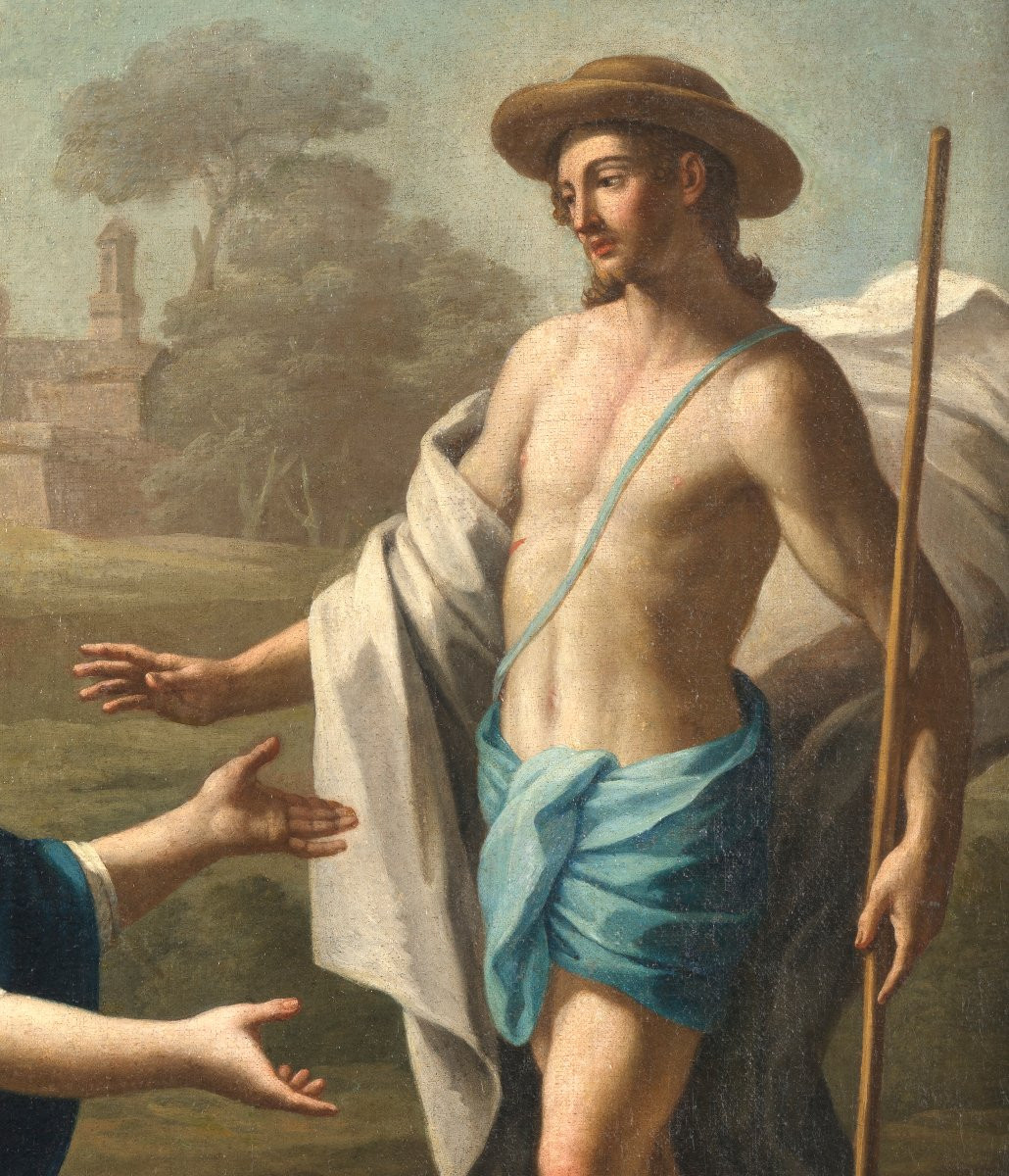
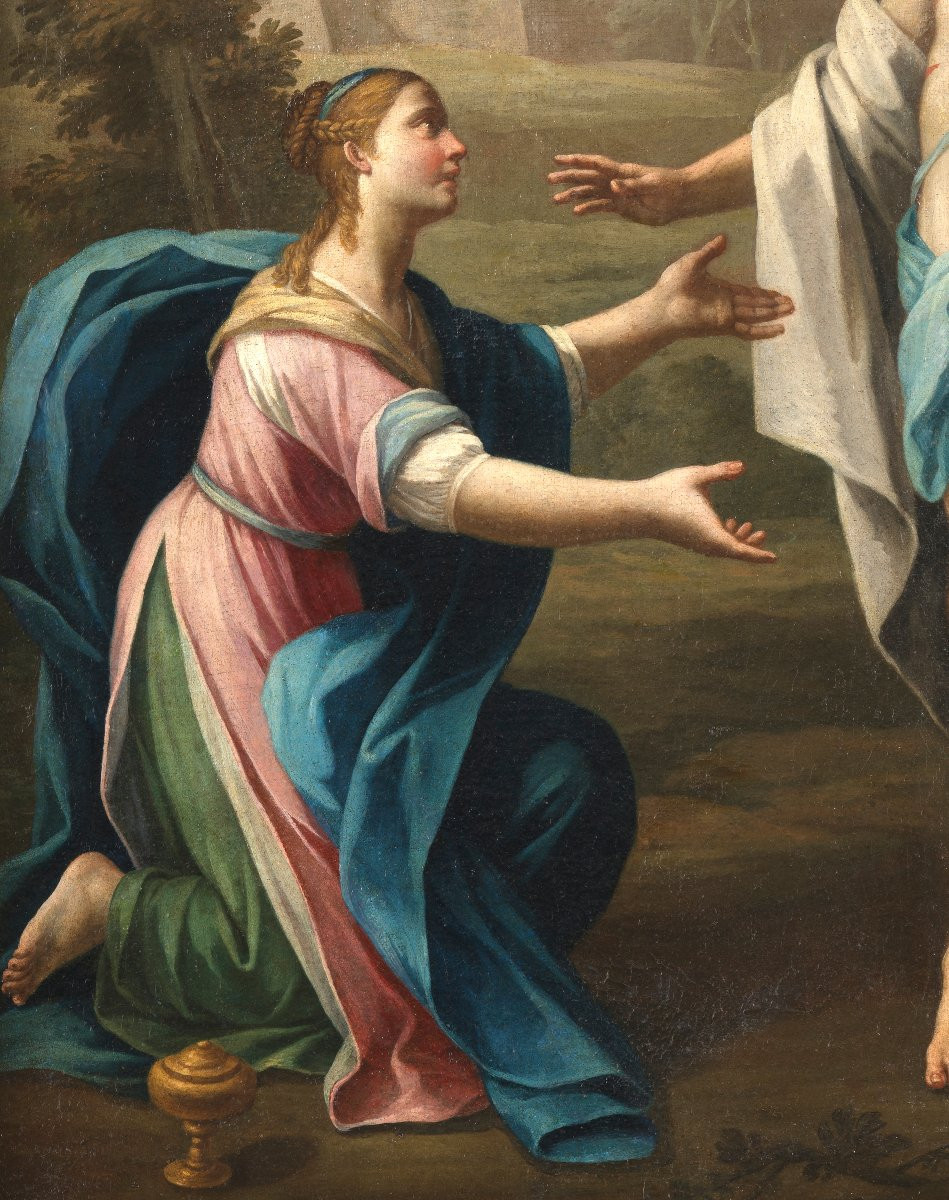
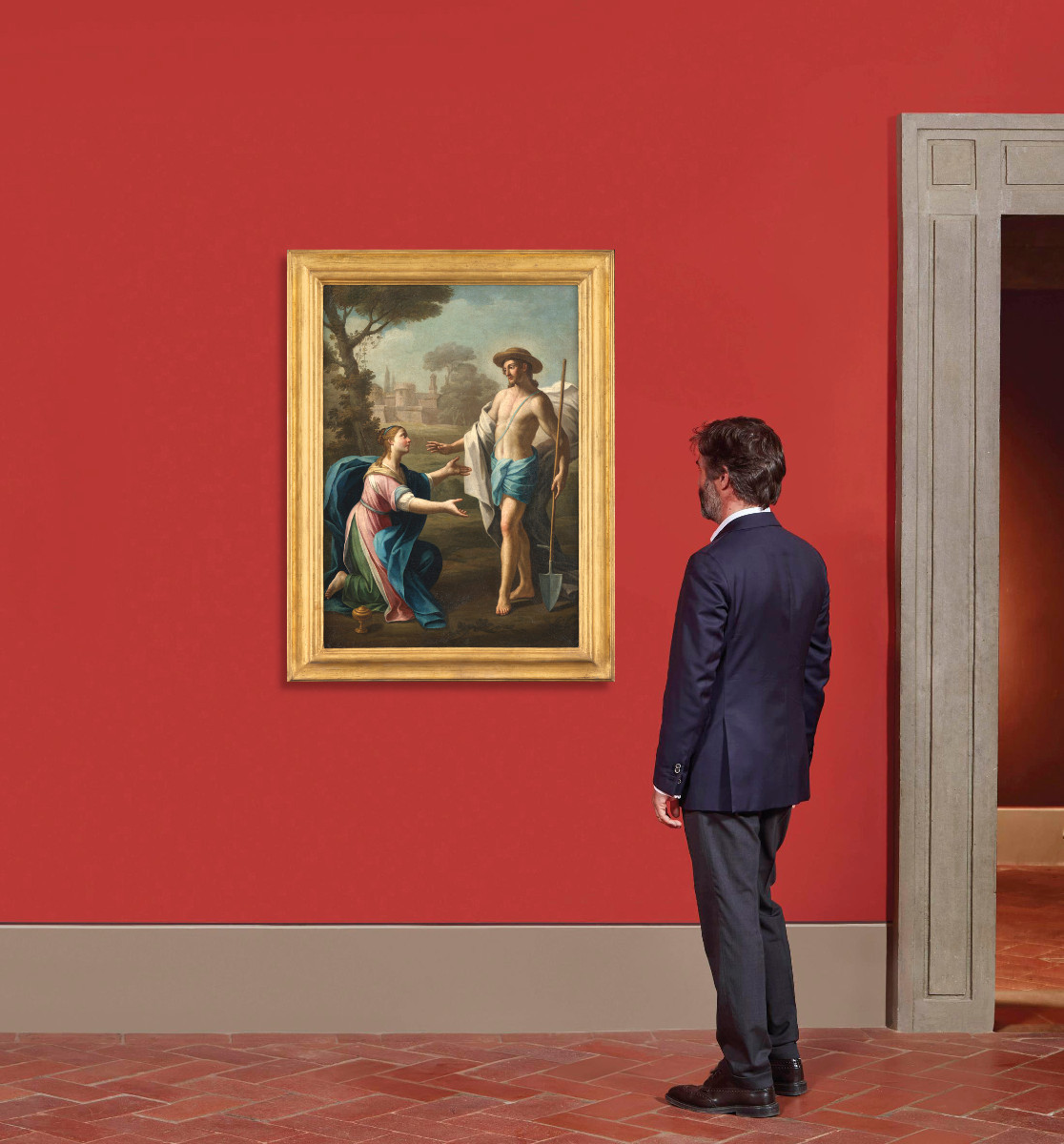


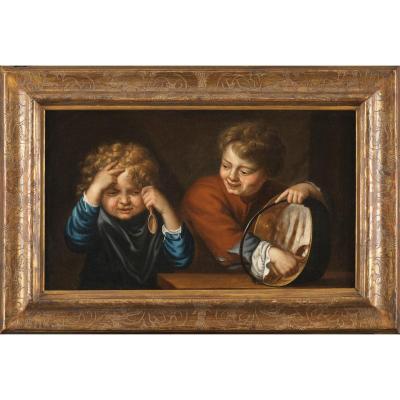

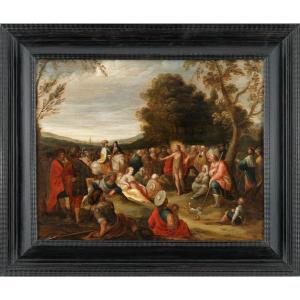


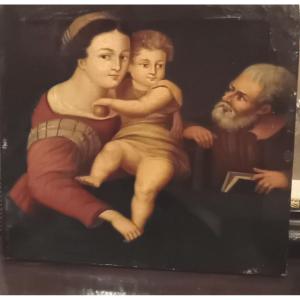
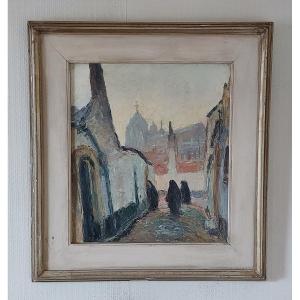


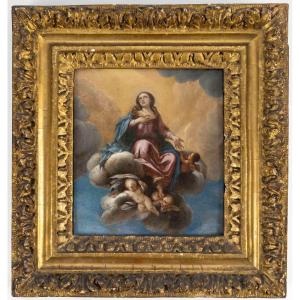




 Le Magazine de PROANTIC
Le Magazine de PROANTIC TRÉSORS Magazine
TRÉSORS Magazine Rivista Artiquariato
Rivista Artiquariato
